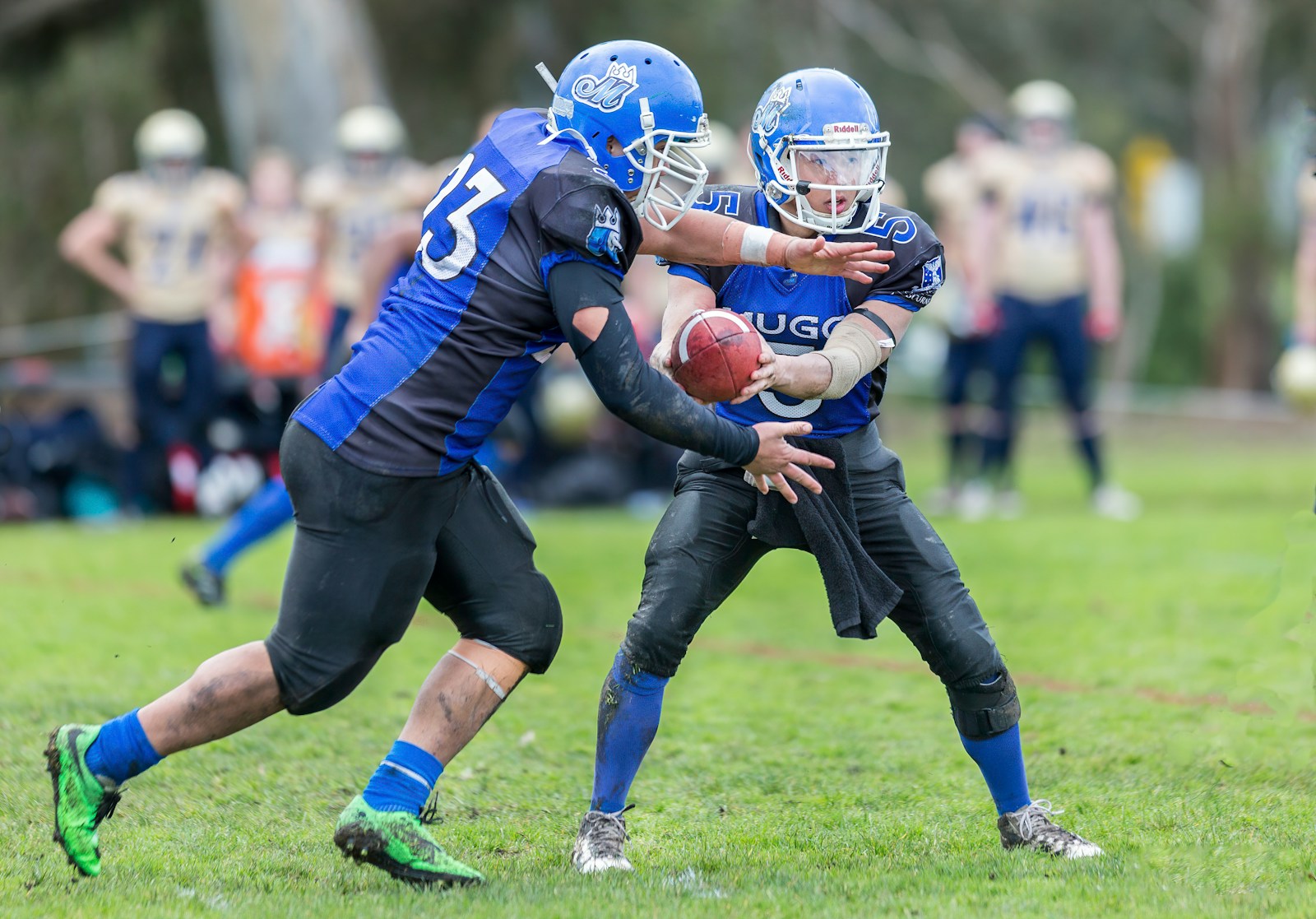There are a lot of rules of the road. That’s why it’s important to prepare to drive safely on the road with help from ePermitTest. That way, you can pass all the necessary tests to get your license.
However, just because you passed all the tests and you get your license doesn’t mean you’re prepared for every situation. That’s definitely the case when it comes to campus driving.
It’s true that you have to do things you would always do behind the wheel, like following the speed limit and stopping completely at stop signs, but, if you’re driving on a college campus, you can stay safer and reduce confusion at the same time by following these five tips.
Research Your Final Destination
Finding your destination, no matter where it is, can be a bit difficult. GPS has made things a lot easier, but that doesn’t mean they are easier on a college campus.
Unlike businesses that display signage proudly, you can circle around a building on a college campus without knowing if it’s the one you’re looking for.
Make things easier on yourself by doing your research before you get in the car. Pair GPS with a map of the college campus so you can pinpoint your final destination without wandering aimlessly in your vehicle looking for the right building.
Know Where to Park
Not only do you need to take a little extra time to make sure you know where you’re going, you also have to take a little extra time to figure out where to park.
Parking in the city can be difficult, but parking on a college campus can be even more difficult. Spots on the road fill up fast, and some parking may require a permit.
Before you leave home, locate the right building, but also locate the nearest parking. If it’s paid parking, make sure you have a little extra change on-hand so you can pay for a parking meter.
You should also be prepared to park a short distance away from your final destination. Many campuses have parking ramps and lots, but they may also be a couple of blocks away. You might discover that you need to wear your walking shoes and wear a jacket.
Be Hyperaware of Pedestrians
You have to pay attention to pedestrians, no matter where you’re driving, but it is especially important when you’re on a college campus.
There are things pedestrians are supposed to do to stay safe on the road, but on a college campus, you can bet that a college student who’s late to class isn’t going to follow those safety tips.
That means, as a driver, you should proceed with caution everywhere on campus. You need to slow down at crosswalks, but you should just slow down in general. Pedestrians on campus may decide not to use the crosswalks at all.
Be Hyperaware of Cyclists
You have to be more aware of walking pedestrians, but you also have to be more aware of cyclists. There are a lot more people cycling on college campuses than in other areas of the city.
As is the case with walking pedestrians, cyclists should do a few things to keep themselves safe. Try telling that to a college student who wouldn’t be caught dead wearing a reflective vest on their way home at night!
A few ways you can safely share the road with cyclists include:
Don’t assume cyclists will follow the rules of the road—always proceed with caution.
Keep at least a three-foot clearance when passing anyone on a bicycle.
Be extra cautious at night, as some cyclists may not use lights or wear reflective clothing.
Leave the Cell Phone in the Backseat
You have probably heard time and time again that you shouldn’t use your cell phone when driving. It’s even more important on a college campus.
There is so much more foot traffic, cyclists, and vehicle traffic on a college campus. You could be cruising along when a pedestrian darts out right in front of you. If you’re on your phone, you’re going to hit them.
So you aren’t tempted to use your cell phone, toss it in the backseat. Leave it on silent if the sound of your phone dinging in the backseat will drive you crazy.
In general, driving on a college campus requires more attention than regular driving, and that’s saying something! With these tips, you can ensure you’re safer on the road, pedestrians are safer on the road, and you can reduce frustration at the same time.


